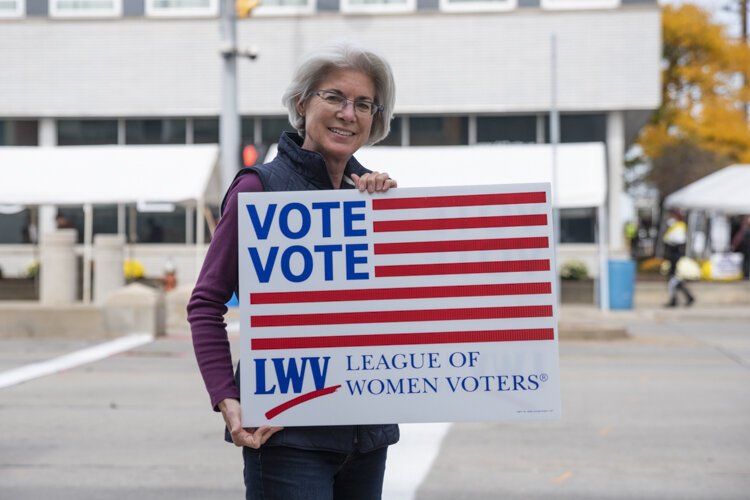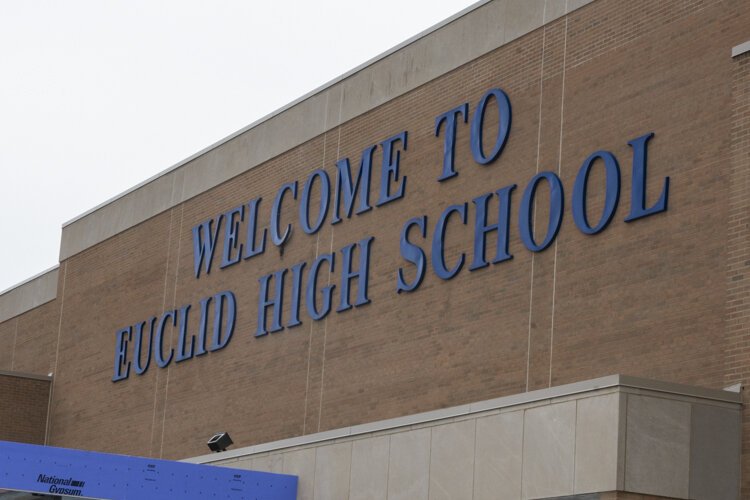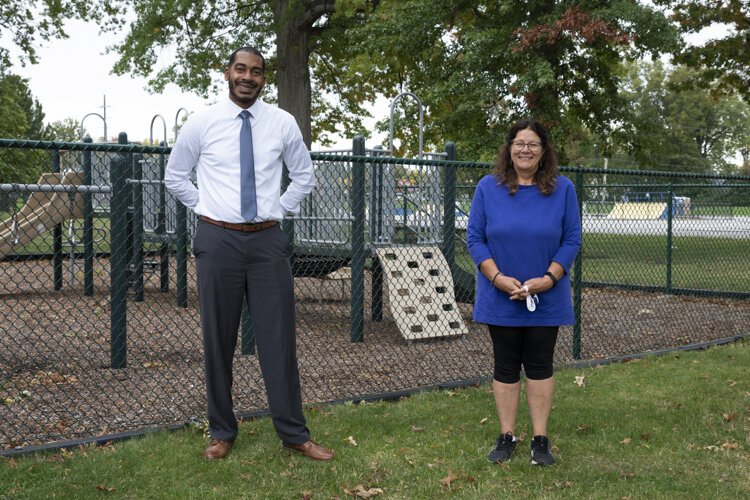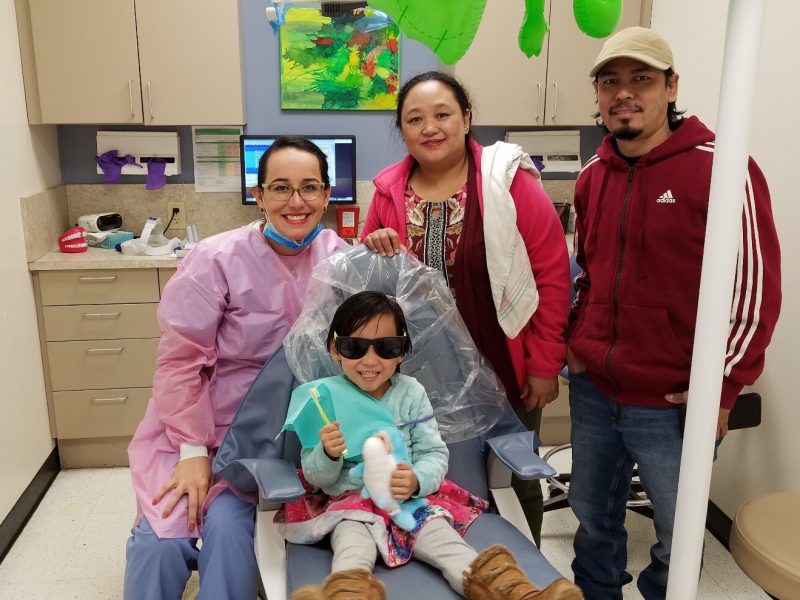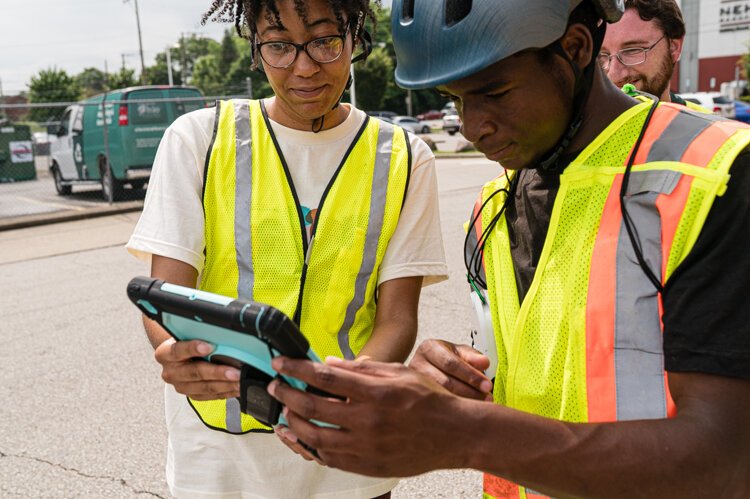Technology helps communities and organizations get the word out about ballot issues
Part of the responsibility of information gathering still lies with the voters — especially in rural areas — but there are people trying to get the information out through as many channels as possible.
Euclid City Schools is crying out for help. The district will likely cut athletic and other extracurricular programs and lay off teachers and administrators if voters don’t pass Issue 71 — a 10-year, $8.7-million operating levy that would increase property taxes — on Nov. 3.
The city of Solon isn’t asking for a tax increase. Nevertheless, it wants voters to approve Issue 46, a rezoning that would allow a developer to build more than 100 single-family homes on the site of a former county club. The project would include preservation of a closed golf course.
Euclid and Solon are a study in contrasts. Euclid is an inner-ring, blue-collar suburb bordering Cleveland with a population of about 48,000. Solon is an affluent, white-collar community with about half the number of residents, located in the southeast corner of Cuyahoga County.
Yet both Euclid and Solon are using the same technological and cyber tools to send information to voters about local issues appearing on the Nov. 3 ballot.
On its website, Euclid schools has created a FAQ page for Issue 71. The FAQ discusses how much the tax increase would cost property owners and how the district would spend the new money. Solon has featured Issue 46 information on its website.
Euclid schools regularly sends electronic newsletters, containing information about Issue 71, to district families. Solon has been adding Issue 46 data to its periodic email blasts to more than 8,000 residents on the city’s contact list.
Also notably, both Euclid schools and Solon are progressively active on social media. Both the district and city have Facebook and Twitter accounts. Euclid schools has an account on Instagram and Solon is on LinkedIn and Nextdoor. It’s another way to reach voters about local ballot issues.
Darryle Torbert, public relations and marketing director for Euclid schools, says technology and social media are critically important in communicating the district’s message.
“We have so many parents and younger people who don’t pay as much attention to mailers and phone calls,” Torbert says. “But they always have a cell phone or tablet in their hands, and they are looking at Facebook, Twitter, and Instagram.
“It’s a relatively inexpensive way to communicate and we try to condense the information into messages they will see,” Torbert says. “And we can find out what they’re thinking.”
Indeed, the Euclid schools’ Communications Department budget was about $75,000 last year. That was just .09% of the district’s total $83 million budget.
Solon Mayor Ed Kraus said the city’s budget for video production — which include televising City Council meetings, hosting the municipal website, and sending messages on social media — is $88,125. That’s .2% of the city’s $43.8 million operating budget. The cost for social media alone is just $437.
The information government entities push out regarding local ballot issues helps voters, but of course elected officials will put the best possible spin on issues they support. Finding more objective data about local issues, and about issues in less electronically sophisticated rural townships and villages, can be more challenging.
“Part of the responsibility lies with the voters,” Kraus says. “People have to educate themselves and seek out as much information as they can.”
Information seeking
Euclid schools and Solon are also using old-fashioned methods to communicate with voters about ballot issues.
A separate political action committee, Citizens for Euclid Schools, is sending mailers and calling voters, urging them to support the levy. Solon City Council members are making constituents aware of the rezoning in ward newsletters, and the Solon Senior Center is communicating with seniors about the issue.
Unfortunately, if school districts and communities aren’t proactive like Euclid schools and Solon, or if a voter wants to find opposition to a ballot issue, the burden may fall entirely on the voter.
“It can be hard for voters to get details about local ballot measures,” says Catherine Turcer, executive director of Common Cause Ohio, a government watchdog group. “Everybody focuses on the presidential race and the top of the ballot. Often, they don’t choose to vote on judicial races, and certainly the local ballot issues are often decided by just a handful of people.
“To make an educated decision, you have to do some research,” Turcer says. “it is challenging and takes more time, but the decisions made about money spent on schools and other local issues are incredibly important, so it’s worth taking the time.”
The first step is checking the county elections board website to see if your community has an issue on the ballot. Read the ballot language. Does it make sense? Why is the issue being proposed? If the answers aren’t clear, it’s time for some probing.
Voters can look through local, small-town newspapers, if they’re still around, for information on local issues. In Euclid, the Euclid Observer and the News-Herald, a daily paper, has reported on Issue 71. The Solon Times and Chagrin-Solon Sun have published articles about Issue 46. Also, Patch, an online-only news sources, covers local communities through the United States
County political parties sometimes endorse candidates and local issues. For example, the Cuyahoga County Democratic Party’s Executive Committee includes members from each community in the county. Based on their input, the party will decide whether take a stand on a ballot issue.
“In Euclid, we have a sample ballot, and our endorsement of the Euclid school levy is on the sample ballot,” says Ohio Rep. Kent Smith, D-Euclid, who is the Euclid City Democratic Leader. “That’s how we handle things in Euclid.”
League of Women Voters
League of Women Voters, a national nonpartisan activist group, has always provided information on candidates and ballot issues through its regional chapters. Over the years, it has published voter guides and distributed them at libraries ahead of elections.
Within the last five years, the League launched Vote411.org, an electronic version of its voter guide. Voters just type in their address to find out what’s on their ballot. The website provides backgrounders on candidates along with explanations and pros and cons of local issues, including Issue 71 in Euclid.
In some cases, however — like Solon’s Issue 46 — Vote411.org only shows an issue’s ballot language. There are no explanations, pros, or cons because the League relies on a limited number of volunteers to dig up information.
“Some communities and issues will fall through the cracks if we don’t have enough volunteers to pursue them, or if there simply are no cons on the issues,” says Catherine LaCroix, co-president of League of Women Voters of Greater Cleveland.
The League in Greater Cleveland has 10 chapters in various communities. The likelihood of Vote411.org providing detailed information on a ballot issue in a particular suburb increases if the League has a chapter there, because the chapter’s volunteers are familiar with the community.
A ballot issue’s level of controversy is another factor. Solon’s rezoning issue isn’t as controversial as the Euclid school levy, which voters have rejected in the past.
“We want to cover the school levies — those are the issues voters care about the most,” says Marcia Goldberg, Vote411.org chairperson for the League’s Cleveland chapter. “They usually increase taxes, of course, but often raise blood pressure too.”
In recent years, the League in Greater Cleveland stopped printing voter guides due to costs, LaCroix says, although the Shaker Heights chapter continued to print. The Greater Cleveland League started printing again this year.
“Our board members wanted to help voters who lack easy access to our online guide, and we were able to apply for and receive grant funds to help pay for printing,” Goldberg says.
Meetings on demand
Turcer says local organizations, including the League, sometimes host candidate forums, with time set aside to discuss ballot issues. The Franklin County Consortium for Good Government, for example, has organized such events in churches, libraries, and community centers, at least in non-pandemic years.
Hallie Rich, spokesperson for Cuyahoga County Public Library, says the library system shares literature of local political campaigns. In normal years, branch libraries host voter education nights. In 2019, for instance, the Pepper Pike Civic League organized a forum on candidates and local issues at the Orange branch library.
However, due to COVID-19, these live in-person forums on are hold. Turcer said some might have moved online, but they aren’t easy to find. Voters might try searching the internet and social media platforms for information on ballot issues.
One silver lining of the pandemic is that more communities are live streaming their council and school board meetings, then making meeting videos available later on demand. Euclid schools and Solon have been doing it for years.
“It’s the responsible thing to do for the community,” says Donna Sudar, Euclid school board president. “We recognize that everyone can’t attend the meetings, due to long work days. We want to be as transparent as possible.”
It’s also a good way to learn about local ballot issues, which are discussed in-depth at school board and council sessions, and see if there is any opposition. Voters may have to call their school administration office or council clerk to find out when those issues were discussed.
If videos aren’t available, meeting minutes are the next best option. It may take some work, but democracy isn’t served on a silver platter.
“We don’t have a lot of information about local issues because people opt out and choose not to spend a lot of time on them,” Turcer says. “The more people focus on local decision making, the more they engage in voting on those issues, the more information will be out there.”
Support for Ohio Civics Essential is provided by a strategic grant from the Ohio State Bar Foundation to improve civics knowledge of Ohio adults.
The views expressed herein do not necessarily represent those of the Ohio State Bar Foundation.

